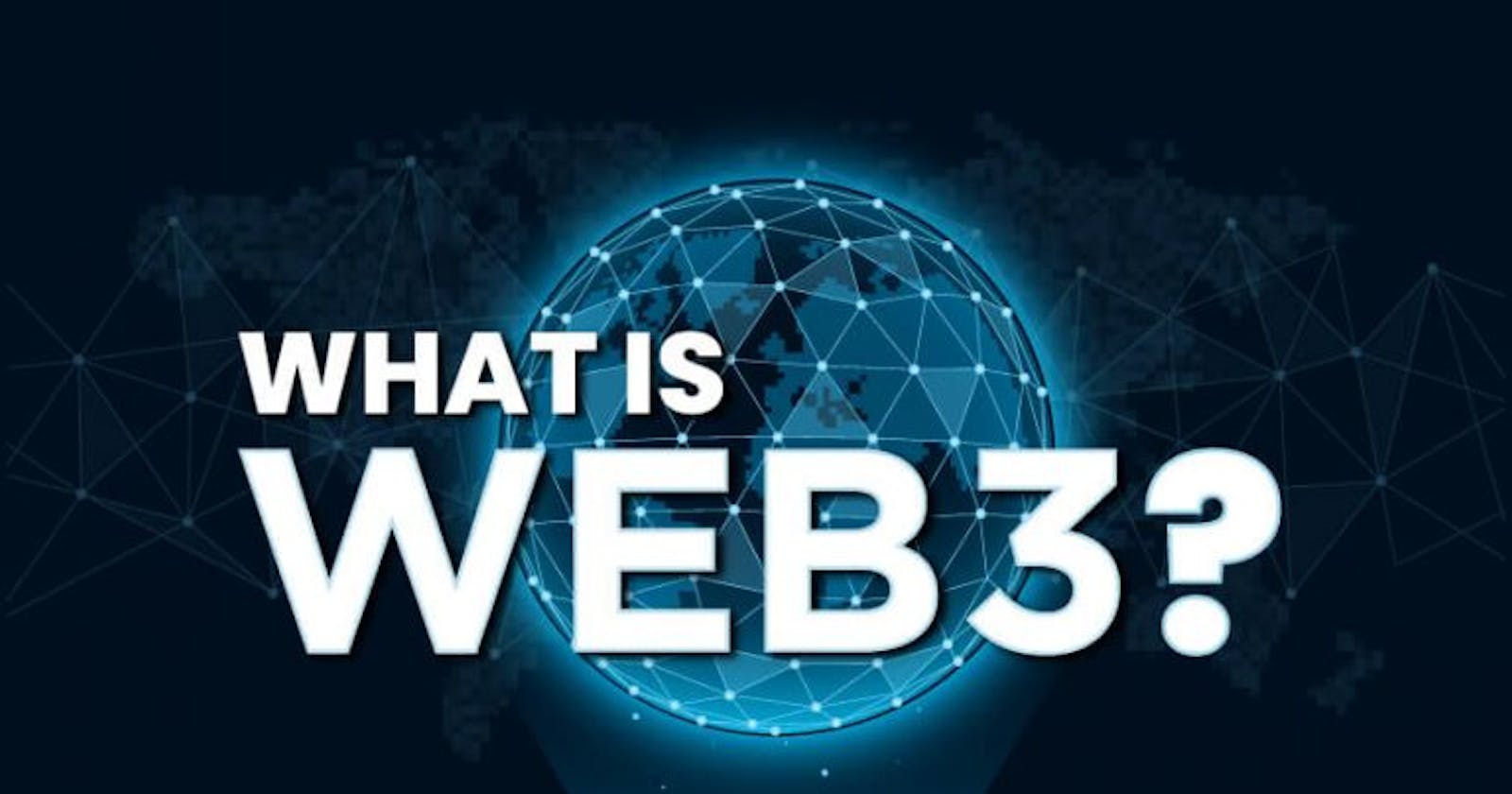Table of contents
Introduction
The internet has undergone several transformative phases, each with its unique characteristics and impact on how we interact with the digital world. From the static read-only Web1 to the interactive and socially connected Web2, the internet has shaped the way we communicate, access information, and conduct business. Now, we stand on the brink of another paradigm shift - Web3. In this article, we will explore the evolution of the Web, compare the key features of Web1, Web2, and Web3, and delve into the detailed principles, benefits, limitations, and potential applications of Web3 in reshaping the internet landscape.
| Phase | Web1 | Web2 | Web3 |
| Time Period | 1980s - early 2000s | Late 1990s - present | Ongoing |
| Characteristics | Static, read-only web | Interactive, social web | Decentralized, trustless web |
| User Experience | Limited interactivity, mostly browsing | Active participation, content creation | Direct engagement, user empowerment |
| Centralization | Centralized servers, gatekeepers | Dominated by tech giants | Decentralized networks, no single authority |
| Core Principles | Open protocols, limited user control | User-generated content, social networking | Decentralization, trustless interactions |
| Inclusivity | Limited participation, controlled access | Widespread participation, global access | Permissionless, open to all |
Web1: The Static Web
Web1 marked the inception of the internet, characterized by static websites with limited interactivity. During this phase, users could only read information online without the ability to actively engage or interact with the content. The internet was primarily a repository of information, and websites were served from centralized servers, controlled by a few gatekeepers. Popular web browsers like Internet Explorer, Yahoo, and Netscape were the gateways to this static web.
Web2: The Interactive and Social Web
The advent of Web2 brought about a significant transformation, making the internet more interactive and socially connected. With the rise of social media platforms like Facebook, Twitter, and YouTube, users became active participants, creating and sharing content. Web2 enabled the gig economy, empowering individuals to monetize their skills and services through platforms like Uber, Airbnb, and Upwork.
Web2 was characterized by the dominance of tech giants, such as Apple, Amazon, Facebook, and Google, which amassed vast amounts of user data for targeted advertising and centralized control. However, concerns about data privacy, censorship, and manipulation of user information surfaced as the internet's ecosystem became more consolidated.
Web3: The Decentralized Internet
Web3 represents the next evolutionary phase, introducing decentralization and blockchain technology to the internet. In a Web3 world, the internet is no longer governed by a few centralized entities but is shared and governed collectively by the network participants.
Key Principles of Web3
Decentralization: Web3 operates on decentralized networks, such as blockchain, where information and transactions are spread across a vast network of nodes. This decentralization eliminates single points of failure, making the internet more resilient and censorship-resistant.
Trustless Interactions: Through the use of smart contracts and cryptographic mechanisms, Web3 enables trustless interactions. Users can engage in direct transactions without the need for intermediaries, ensuring transparency and reducing the risk of fraud.
Openness: Web3 is built on open-source protocols, fostering collaboration, transparency, and community-driven innovation. Anyone can inspect, modify, or contribute to the underlying code, democratizing the development process.
Permissionless: Web3 applications are open to anyone with an internet connection, and users do not require permission from centralized authorities to access or participate. This inclusivity empowers individuals worldwide to engage with the decentralized ecosystem.
Cryptocurrency Integration: Web3 embraces cryptocurrencies, such as Ether (ETH) on the Ethereum network, as native tokens for transactions and incentivization. Cryptocurrencies enable new economic models, rewarding network participants and aligning incentives.
Benefits of Web3
User Empowerment: Web3 gives users greater control over their data, digital assets, and online interactions. Users can transact directly with others, reducing dependence on centralized intermediaries.
Censorship Resistance: Web3 applications are immune to censorship, ensuring freedom of speech and open access to information and content.
Security and Privacy: Decentralization enhances security by eliminating single points of failure, reducing the risk of data breaches, and giving users more control over their personal information.
Global Accessibility: Web3's decentralized nature makes it accessible to anyone, regardless of their geographical location or socioeconomic status. This fosters inclusivity and diversity within the digital ecosystem.
Limitations and Challenges
Scalability: Current blockchain networks face scalability challenges, resulting in slower transaction speeds and higher fees. Scalability solutions, like layer-2 protocols and sharding, are being developed to improve the overall performance.
User Experience: Interacting with Web3 applications may require additional steps, such as setting up a crypto wallet and managing private keys. Enhancing the user experience is crucial for mainstream adoption.
Regulatory Environment: The decentralized nature of Web3 poses regulatory challenges for governments worldwide. Striking a balance between innovation and compliance remains an ongoing task.
The Future of Web3
Web3 is still in its nascent stages, but its potential is immense. The rise of decentralized finance (DeFi), non-fungible tokens (NFTs), and DAOs is just the beginning. Web3 has the power to disrupt various industries beyond finance, including art, gaming, supply chain management, healthcare, and governance.
In conclusion, Web3 represents a promising future for the internet, shifting power from centralized entities back to the users. As developers, users, and policymakers embrace the decentralized web, we can anticipate a more democratized, secure, and transparent digital landscape that empowers individuals worldwide.
